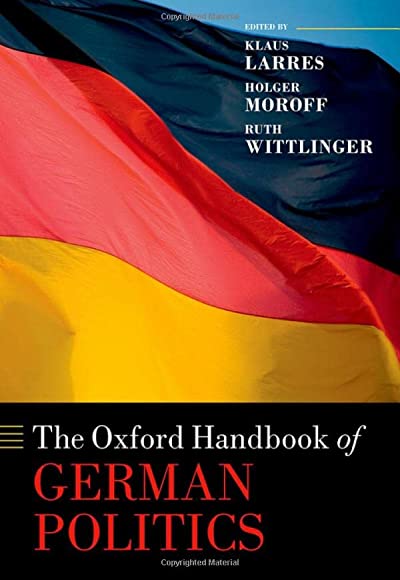Germany and the Soviet Union
Zum Kapitel „Germany and the Soviet Union“:
This chapter considers the important relations of both German states with the Soviet Union and Eastern Europe during the Cold War years. Once victory over Nazi Germany had been achieved, Stalin wanted to ensure that it would be impossible for Germany to launch yet another war against the Soviet Union. One means of weakening Germany were large territorial cessions. Another way was to turn Germany into a communist country. But it became clear that communism could be implemented only with the help of the Soviet Army. This chapter traces the conflicts among the great powers regarding Germany which led to the Cold War and the division of Germany. The Soviet occupation zone was soon turned into the German Democratic Republic (GDR), which became a cornerstone of the Soviet Empire. The suppression of the popular East German uprising in 1953 revealed that Stalin’s successors would continue to insist on upholding Soviet interests in Germany with all their might. Only the construction of a wall and the complete sealing off of West Berlin could stop the enormous population drain from the GDR to the Federal Republic of Germany (FRG). In 1961, the status quo was thus cemented in the truest sense of the word; yet legally, the German question remained open throughout the Cold War. Mikhail Gorbachev’s reform policy laid the foundation for the changes in Eastern Europe in 1989. After the fall of the Berlin Wall, Chancellor Kohl decisively pushed the reunification process—yet, against the will of most European governments.
